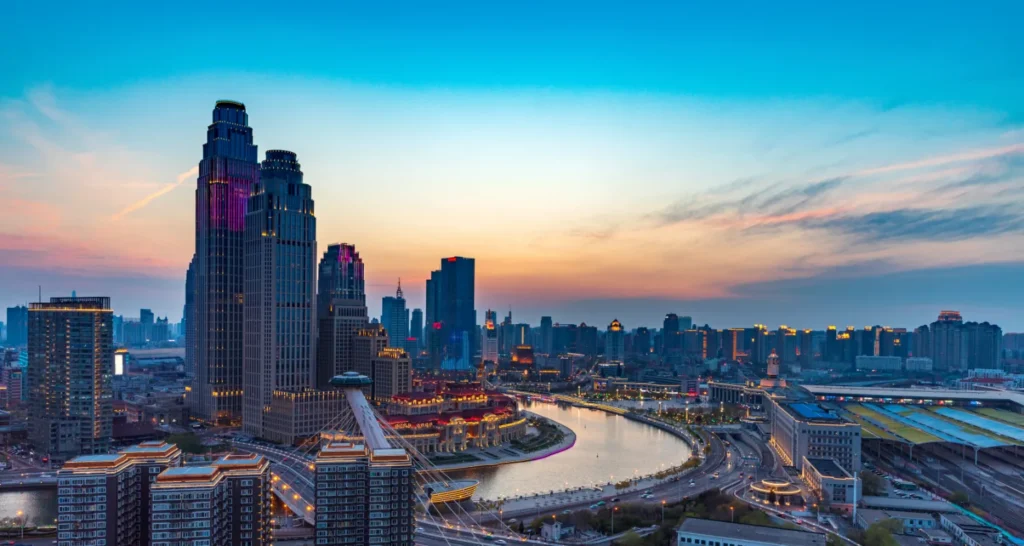Buildings are an essential element of a Smart City infrastructure. In the future city buildings will, as other city structures, have an active role in seamless communications and services. An intelligent building integrates technology and processes to create a facility that is safer, more comfortable, and more productive for its occupants. At the same time, it needs to be operationally efficient for its owners. Advanced technology – combined with improved processes for design, construction, and operations – provides a superior indoor environment that improves occupant comfort and productivity while reducing energy consumption and operation staffing.
According to many recent studies the service systems and BUILDING management have close relationships with the well-being of citizens. The building environment affects wellbeing and comfort in homes and workplaces. In addition, buildings influence productivity and satisfaction. In order to achieve such indoor environments intelligent embedded technologies are needed. In addition, the importance of human-technology interfaces becomes evidently important. To create the desired impact it is essential to combine multidisciplinary research together with the industrial perspective of sustainable development.
Smart design, operation, and management enabled by building information models (BIM) based processes and integration with advanced building energy management systems (BEMS) help to communicate with different stakeholders and create better mutual understanding. Visualization of different building and urban space properties enhances the options to create better living and working environments.
Buildings are connected to their environment; also inside the building, different components are interacting. Therefore it is evidently very important to use multi-target optimization for a holistic optimal performance. This optimization is not only done for technical performance but also for user experience Intelligent urban spaces – automatic real-time responses to people behavior
With intelligent urban spaces, we aim to create spaces that are capable of reacting in real-time to the behavior of the people who are present. The urban space adapts to the people’s needs and intentions – providing just the right services at the right time in the best possible way without direct control of the services by the users. We offer a depth sensor-based people tracking system to acquire data on people’s behavior and service to analyze and model the behavioral data. The people tracking and modeling system can provide a competitive advantage for various application domains, from immersive spaces to smart lighting, facility management, and retail.
Benefits of a people
Behavior modeling approaches Current people-tracking solutions are based on various sensor technologies (RGB cameras, RFID, Wi-Fi, Bluetooth, etc.) and can provide general information on people’s movements in the environment. Our depth sensor-based solution provides more accurate and reliable track data on which people’s behavior can be modeled in order to target the service to the people who are present. This information is valuable for many applications and service domains.
People behavior monitoring and modeling
Since 2010 when Microsoft released the Kinect sensor, the price of depth sensors has fallen, enabling the adoption of previously high-end technology for new application domains. The first version of the VTT people tracking system was built on a one-sensor approach using these cost-effective depth sensors. The networked solution in which a centralized server collects and fuses the detection events signaled by the sensor nodes has been demonstrated on many occasions in the last couple of years and has attracted interest. The novelty of our solution is in the developed data analysis functionalities, enabling behavior modeling, and leading to intention awareness as well as to prediction of people’s behavior. The basic people tracking system has been integrated with external services: lighting control, interactive spaces, customer monitoring, and facility monitoring services.
People’s behavior modeling – unleashed business potential?
The current application domains for the people behavior monitoring system have been defined based on the interests of various stakeholders. As already described, we have recognized many distinct use cases, and we believe there are many more still to be found. We will continue developing the analysis and modeling functionalities towards a semantic understanding of people’s behavior, e.g. activity recognition or group behavior. The intelligent sensor spaces lead to increased efficiency and provide a competitive edge for companies as well as possibilities to define new business concepts and models.













